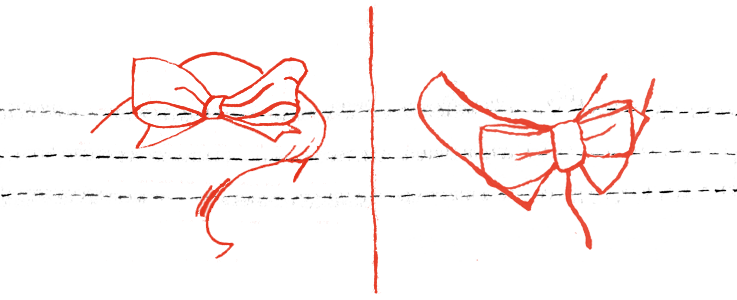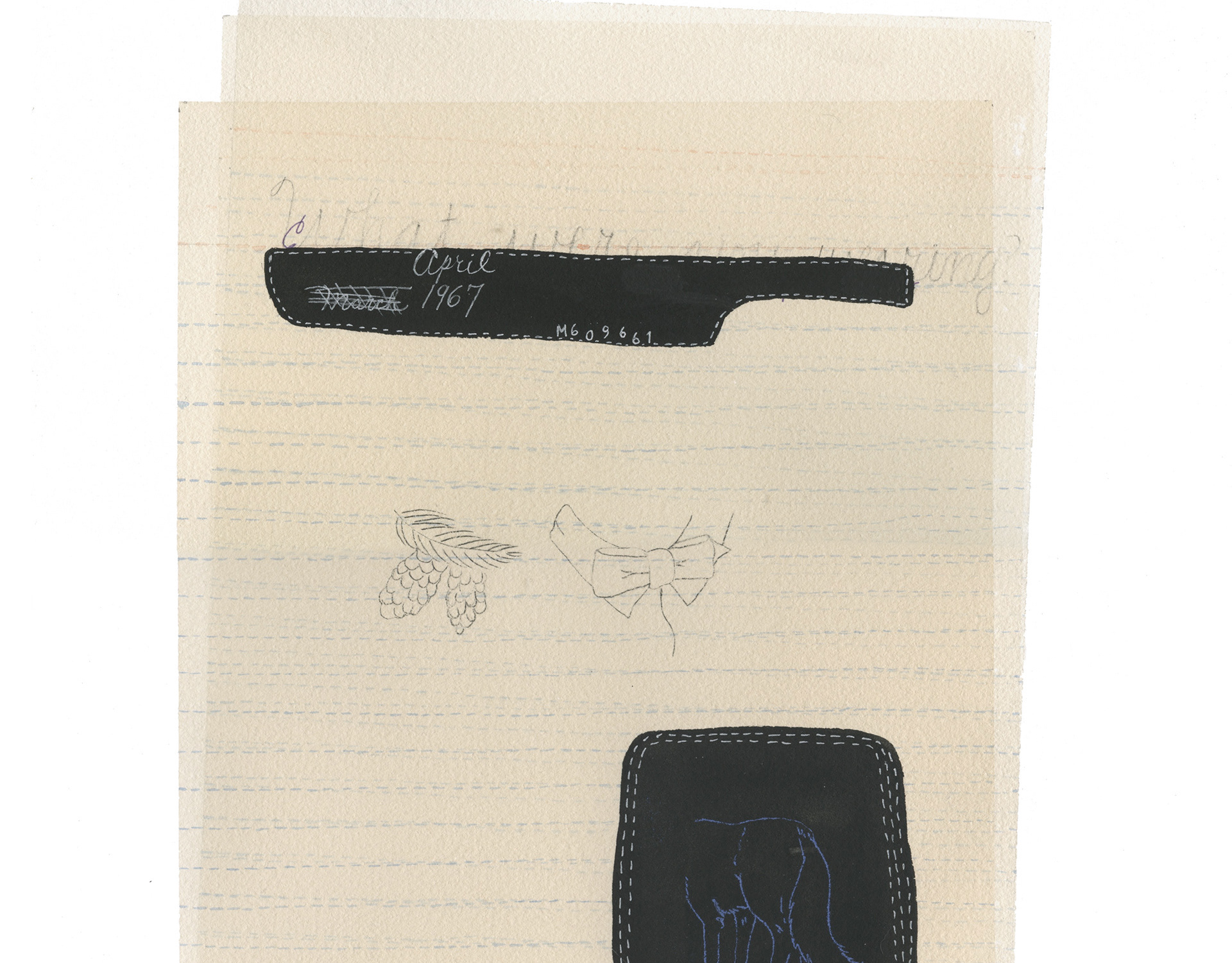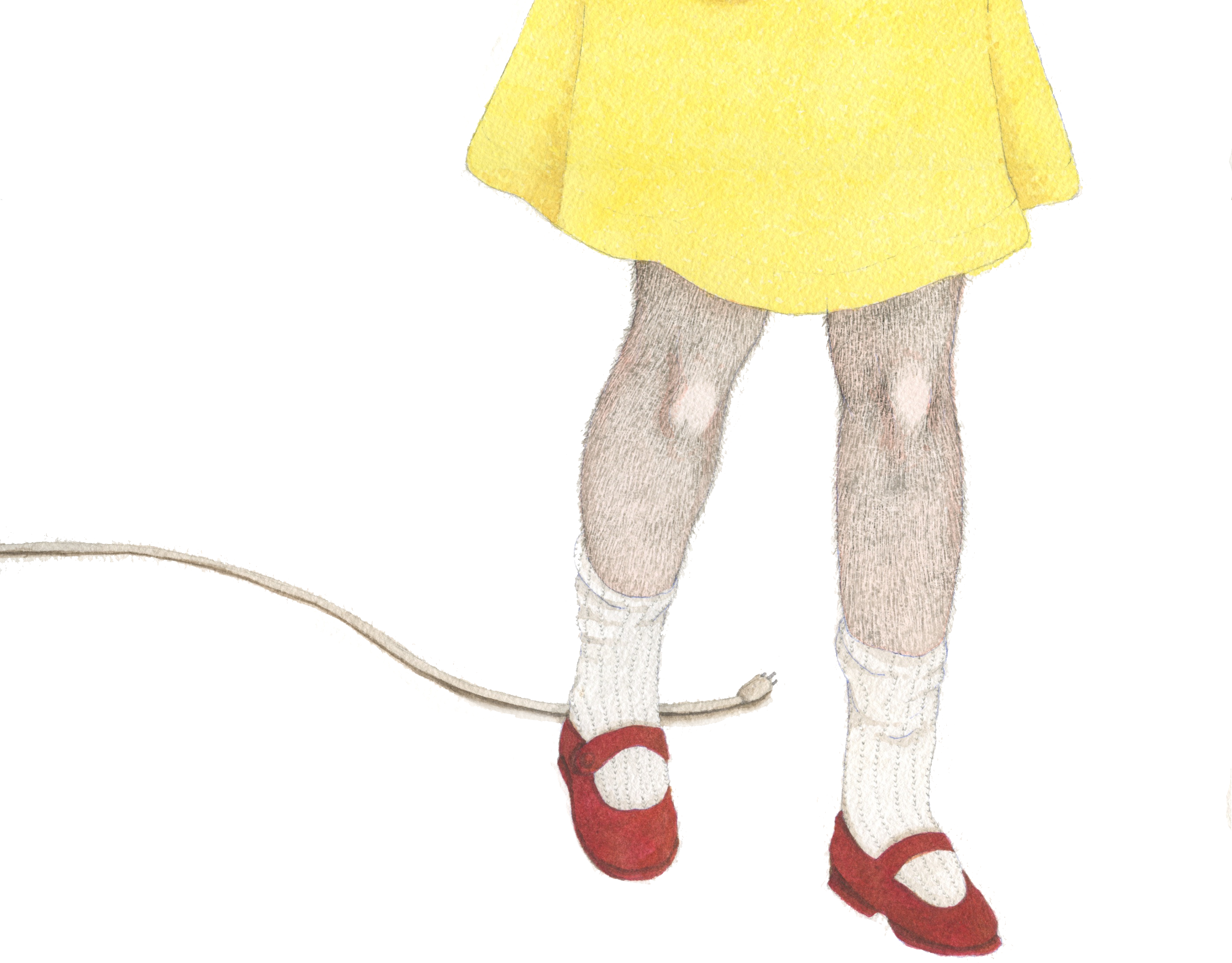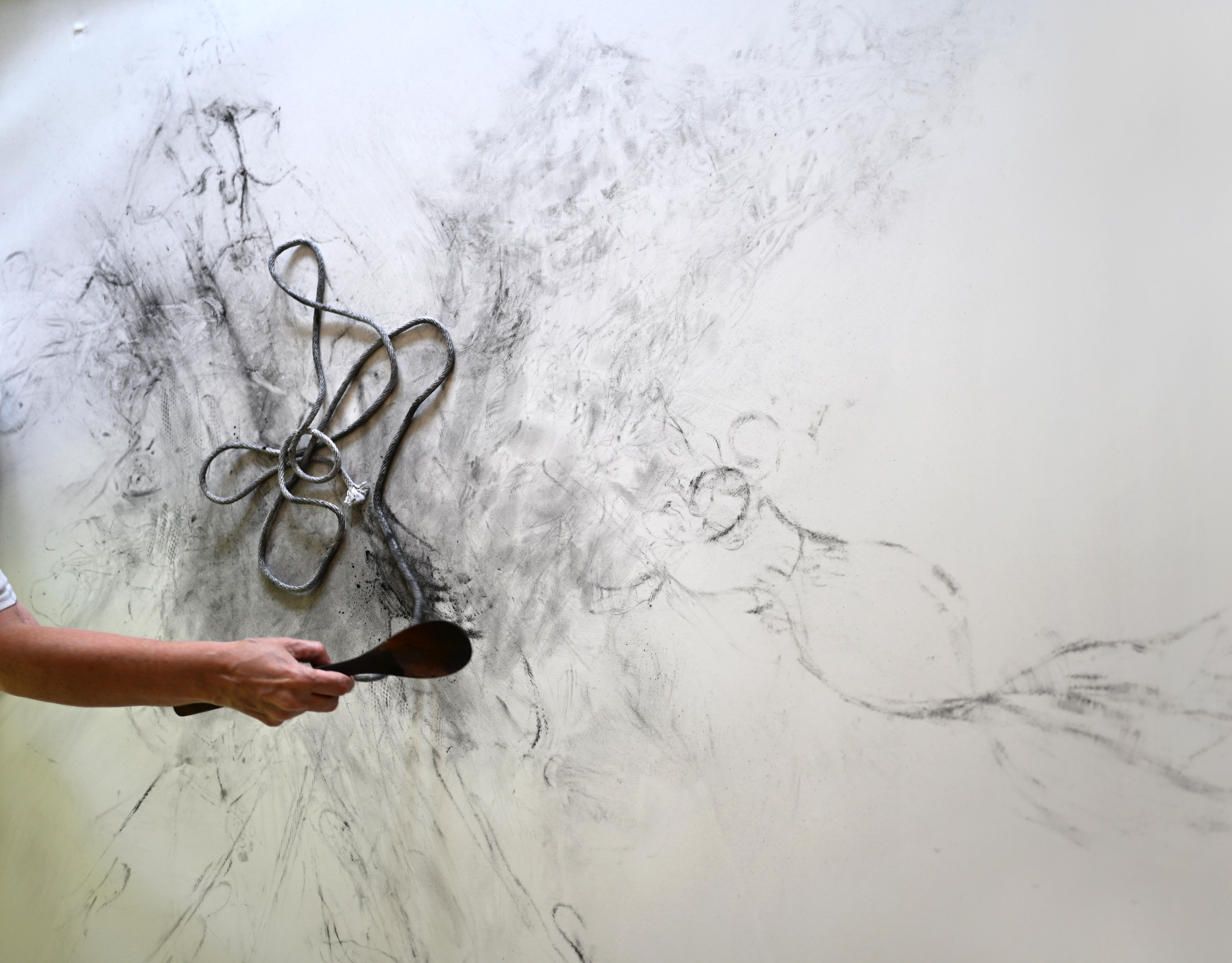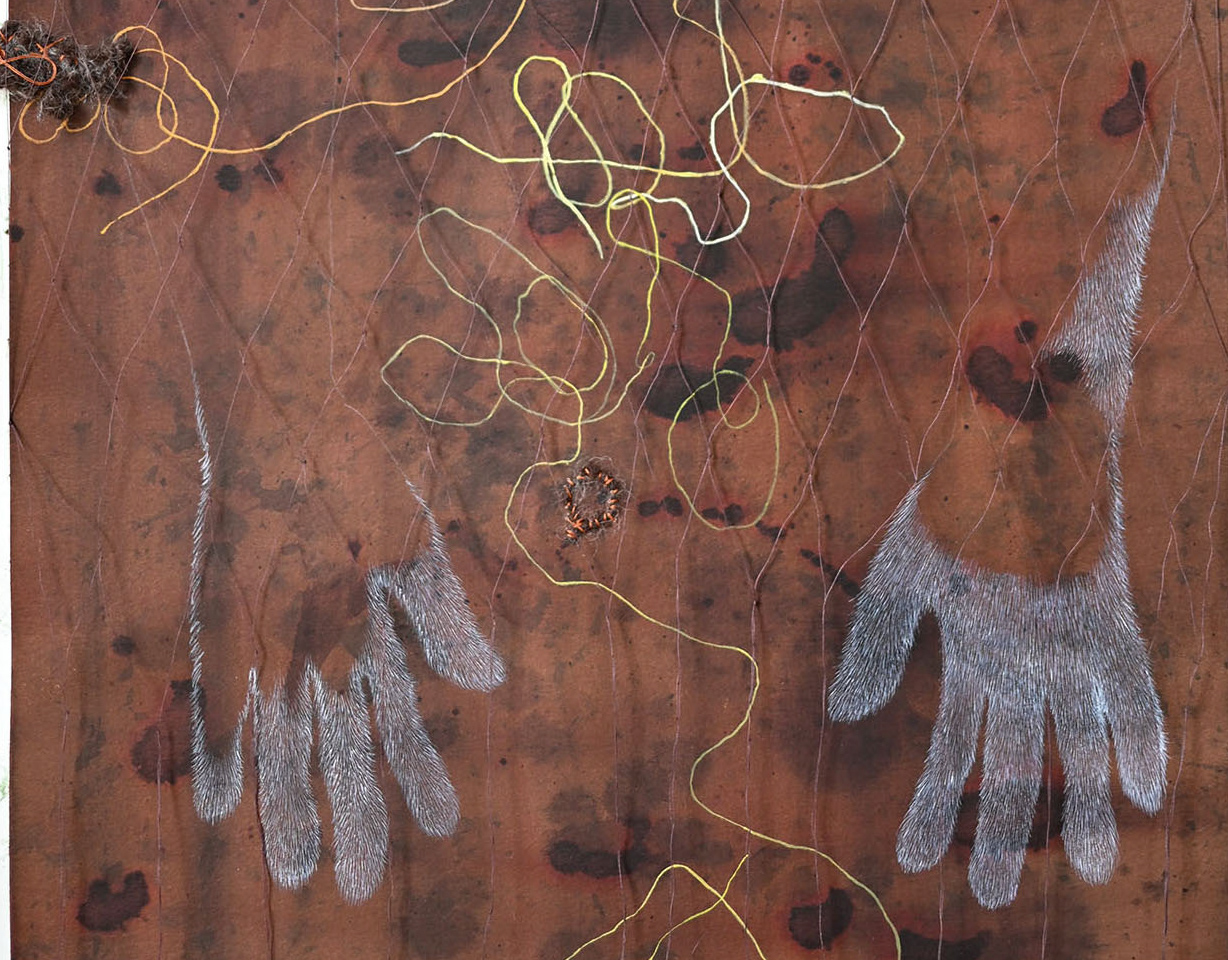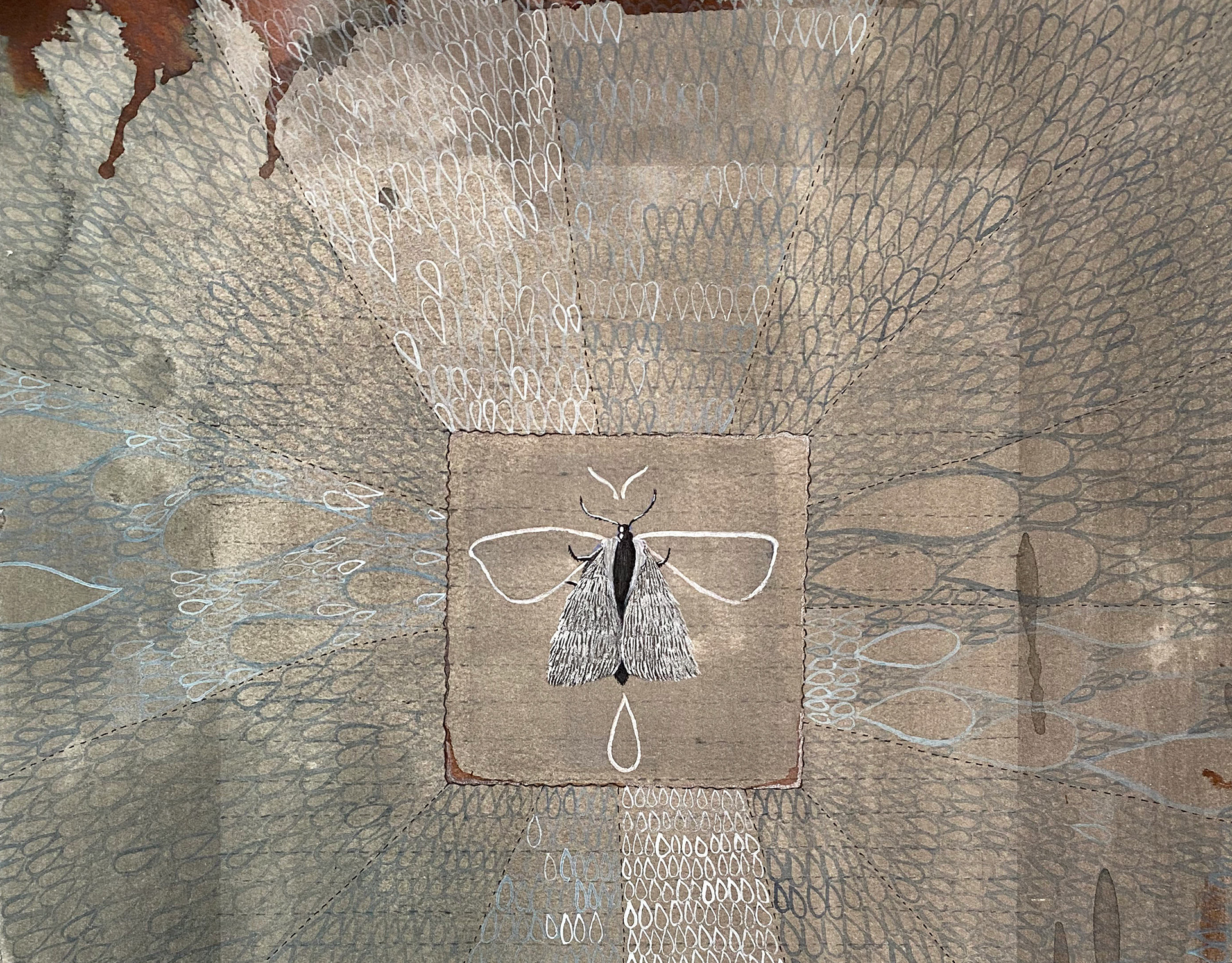NO BEAUTIFUL VICTIM.
This body of work is inspired by my ongoing research into 19th-century abortifacients and their connection to the intersection of bodily autonomy, oppression, and resilience. This project weaves together painting, drawing, and printmaking, to explore the historical, cultural, and personal narratives embedded in these plants and their use as tools of agency before a time when women’s choices were so heavily constrained.
Prior to the 19th century, women were the keepers and practitioners of their own contraception, drawing on knowledge often shared generationally, by Native American women, and by Black women stolen to this country to work as enslaved laborers in southern cotton fields. This historical legacy of shared wisdom and resilience is especially relevant in today’s oppressive political climate, where attacks on DEI and reproductive rights echo past struggles for bodily autonomy. By revisiting these plants and their significance, I aim to draw connections between past and present, fostering dialogue about resilience, agency, and the ongoing fight for women’s liberation in the United States.
In addition to this studio-based work, I plan to design and cultivate a living garden of these historical plants. This garden will serve as both a physical embodiment of the project’s themes and a space for community engagement, offering visitors a chance to connect with the history, symbolism, and healing potential of these plants. The small garden would function as a site of reflection, resistance, and renewal—an invitation to consider the ways we nurture and protect autonomy and resilience in ourselves and our communities.
My process is deeply rooted in research and experimentation, including studying historical texts and cultivating a tactile engagement with the plants. I plan to work daily in the studio and in the garden, alternating between quiet reflection, research, and hands-on making.
I hope to present a cohesive series of works and the beginnings of a garden that invite viewers to reflect on the boundaries between life and loss, autonomy and oppression, and connection across time and experience.
I hope to present a cohesive series of works and the beginnings of a garden that invite viewers to reflect on the boundaries between life and loss, autonomy and oppression, and connection across time and experience.
